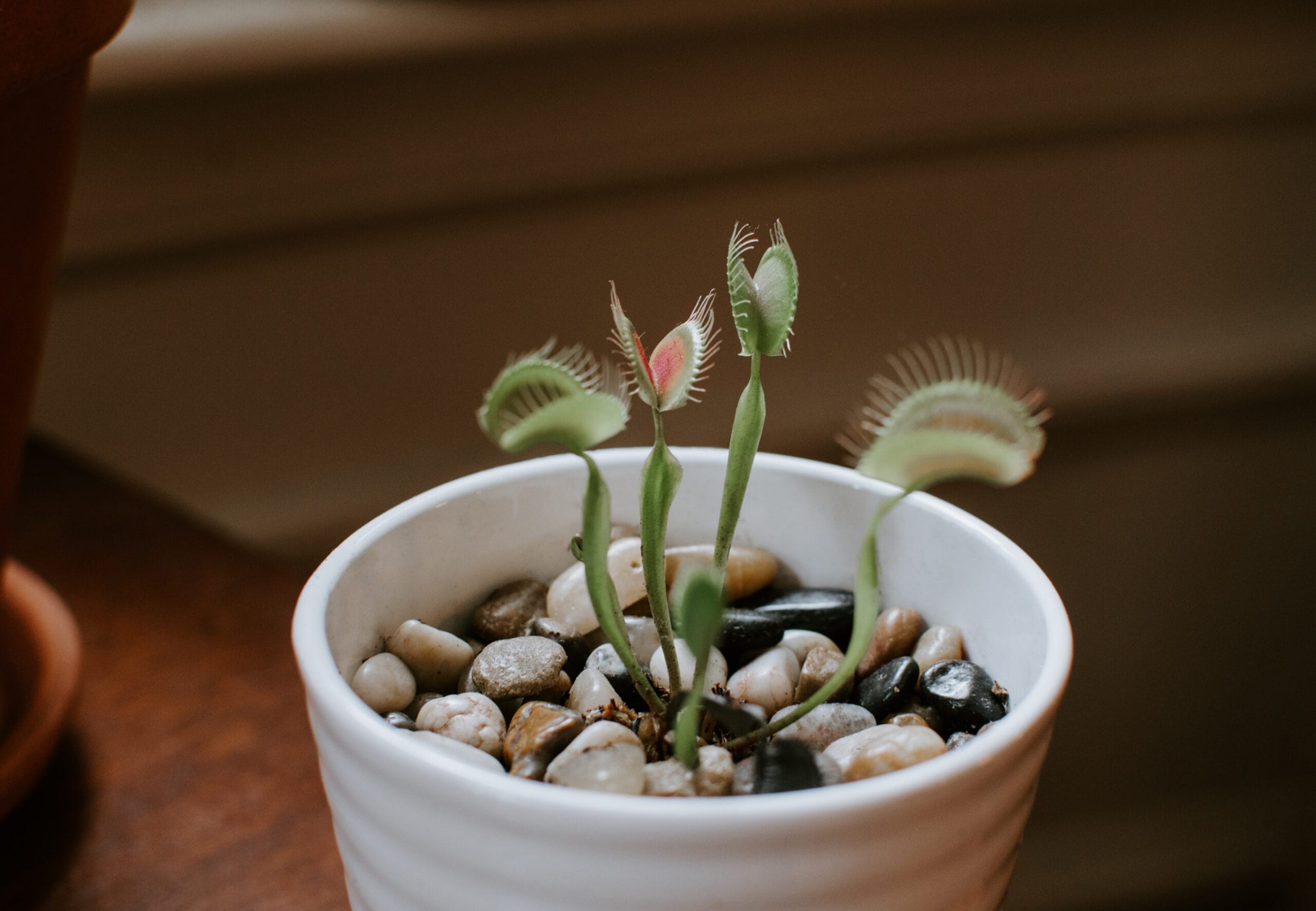Turning to our marketing team, I had no choice but to give them the bad news which, I suspected, most them already knew was coming.
“We’re going to have to change course. Today.”
This isn’t what any team wants to hear, especially after having already invested a lot of time and mental capacity into a brand they thought had been heading in a great direction.
But collectively we also knew it would be wrong to continue and our client agreed that we’d made the right choice, even though they knew it would add more cost to the project. Looking back, I came to realize that the problem we’d been facing was an issue we actually see quite regularly, one that can seduce even the savviest of marketing professionals.
The strategy was how to leverage our client’s transparency, competency and high organic standards into a cereal brand that would own “honest, clean food”. The design was beautiful and trendy, and the product stressed all the USP’s (Unique Selling Propositions) that made it compelling.
But our focus groups of consumers who eat and shop in the natural channels weren't getting it. At least, they weren’t getting it enough to want to buy it. (In a focus group setting, I define success when everyone understands the product benefits well and there at least 60 percent of the group – typically out of a total of 12 – who love it.)
Our focus group crowd liked our concept once they spent more time with it but, for me, that’s not success. Why? Because when a product gets listed by a retailer and hits the shelves, consumers don’t have time – nor will they typically take time – to understand it or the benefits. They need to “get it” and be attracted to it immediately.
We needed a Venus fly trap strategy. (At least that’s how I like to think of it.)
In the plant world, the Venus fly trap doesn’t have to convince hungry insects that it’s a great place to land. It doesn’t spend time on benefits or compelling arguments. It simply knows that an insect will land on it because it has what that bug is looking for – an inviting spot and the promising smell of nectar.
It’s only after the insect lands and triggers a response mechanism that the Venus fly trap snaps shut.
At this point, you’re probably wondering what a Venus fly trap has to do with cereal.
Here’s what: ask any marketer what one of the most coveted consumer purchasing activities is and they’ll tell you it’s repeat buying behavior. Consumers in the cereal aisle are creatures of habit. They know what they like, and they will consistently buy those products over and over again.
Their purchase decision is done without premeditation because they already know the benefits of what they’re getting.
If consumers are going to venture outside their comfort zone at all to check out a new cereal product, there has to be a compelling reason for them to do so and they have to “get” that reason immediately.
What’s one of the most compelling reasons for trying a new breakfast cereal? Taste. This has always been the main benefit. Taste determines if a consumer’s experience with a new product will be a good one for them or if they’ll end up regretting their decision altogether. (If it’s the latter, it’s extremely difficult to lure them back.)
After relooping with the team, we changed course and decided we needed to develop a brand that amped up the sophistication and beauty of the taste. To make it as simple as possible for our audience to “get” what the brand is promising, we cut the benefits on the front of package down to just two. The goal is to attract consumers with taste and beauty and win them for life with a compelling, thoughtful story of the brand on the back of the package.
Do you have a Venus fly trap strategy for your brand or organization? It could be the key to opening up a lot of new revenue and additional demand for your products or services.

